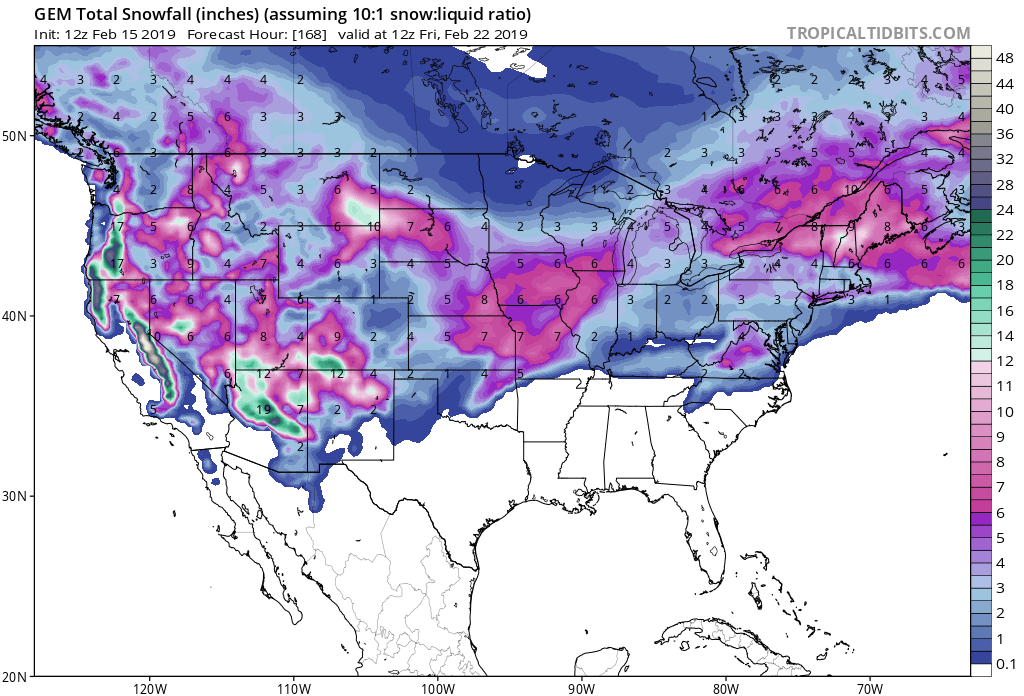

To determine accumulated precipitation at greater distances you should link to an adjacent radar. It is used to locate flood potential over urban or rural areas, estimate total basin runoff and provide rainfall accumulations for the duration of the event and is available only for the short range (out to 124 nm). Storm Total Precipitation This radar image is an estimate of accumulated rainfall since the last time there was a one-hour, or more, break in precipitation. Press enter or select the go button to submit request NOAA is expected to release its spring outlook later in March, which will include more information about the temperatures and precipitation expected through the spring months.By city.

"So we can have a short-time climate numerical model prediction that extends to 30 days for March, but we can also run that out to 100 days, for example, for the March, April, May period," Gottschalck told Newsweek. The models used at the Climate Prediction Center run longer than those typically used for near- future weather predictions. "We actually run mathematical models for certain states of the atmosphere whether it be temperature, precipitation, snowfall," Gottschalck said. Weather models are the last element used to predict the weather outlook. Information is also drawn from historical observations of conditions, combined with the typical conditions that are either present or expected to occur for the month. Currently, there's a weak El Niño event in March, and as spring and summer develop, the conditions from El Niño could lessen even more. There are certain precipitation patterns that are more or less likely to occur in certain parts of the country, depending on what that El Niño or La Niña it doing, he explained. WPC QPF guidance is reviewed by HAS meteorologists at the CNRFC and modified when appropriate. QPE, or Quantitative Precipitation Estimate, represents the total amount of liquid equivalent precipitation (in inches) that has been observed during the specified period at a point or basin. One of the biggest is the ENSO cycle, or the El Niño–Southern Oscillation, which can play a big role in seasonal and monthly outlooks. The river forecast models at the CNRFC use 6-hour QPF/QPE. "There's different time scales of what we call climate variability of climate patterns that impact the monthly, or even the seasonal forecasts," Gottschalck said. The short-term forecast showed significant cold in some areas that likely wouldn't be outweighed by whatever happened in the later weeks of the month. The same was true for the temperature forecast. "A lot of the signal was showing up early on in the shorter-term forecast," he said, meaning the weather forecasts for the month were already showing that there was a lot of precipitation expected, particularly in the East for early March. The primary source of data for this file is approximately 5,500 US National Weather Service (NWS), Federal Aviation Administration (FAA), and cooperative observer stations in the United States of America, Puerto Rico, the US Virgin Islands, and various Pacific Islands. Part of that has to do with the fact that precipitation was already presenting in the forecast. Hourly Precipitation Data (HPD) is digital data set DSI-3240, archived at the National Climatic Data Center (NCDC). "The precipitation forecast for March was pretty difficult actually," Gottschalck told Newsweek. Along much of the eastern seaboard there's between a 30 and 50 percent chance of increased precipitation, the outlook map shows. The outlooks don't predict the amount of precipitation, only the chance of above-average precipitation, so the actual amount will vary depending on the region. What the one-month outlook shows is that much of the country has a chance of above-average precipitation in March. The ENSO cycle, the current weather conditions, previous patterns, historical data and models all play a role in predicting upcoming precipitation and temperature. "There's a number of different things," Jon Gottschalck, the chief of the Operational Prediction Branch of NOAA's Climate Prediction Center told Newsweek. The forecasts released on February 21 and 28 showed that some parts of the country, specifically the East, could see increased precipitation over the 30-day-period from the forecast's release. The Climate Prediction Center forecasts precipitation, which can include rain, snow, sleet and hair, and temperature a month in advance, and three months in advance. But according to the National Oceanic and Atmospheric Administration's Climate Prediction Center, the upcoming month could bring far more precipitation than average to many areas of the country. In most places, the harshest winter conditions are are over, with the end of February marking the end of the meteorological winter. Heading into March can feel as if spring is just around the corner.


 0 kommentar(er)
0 kommentar(er)
